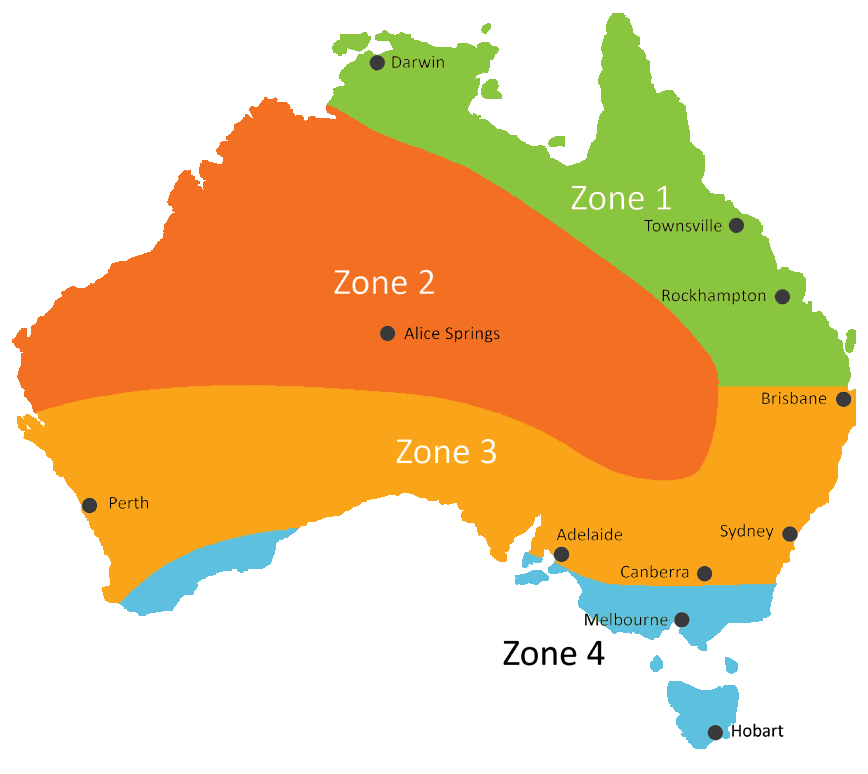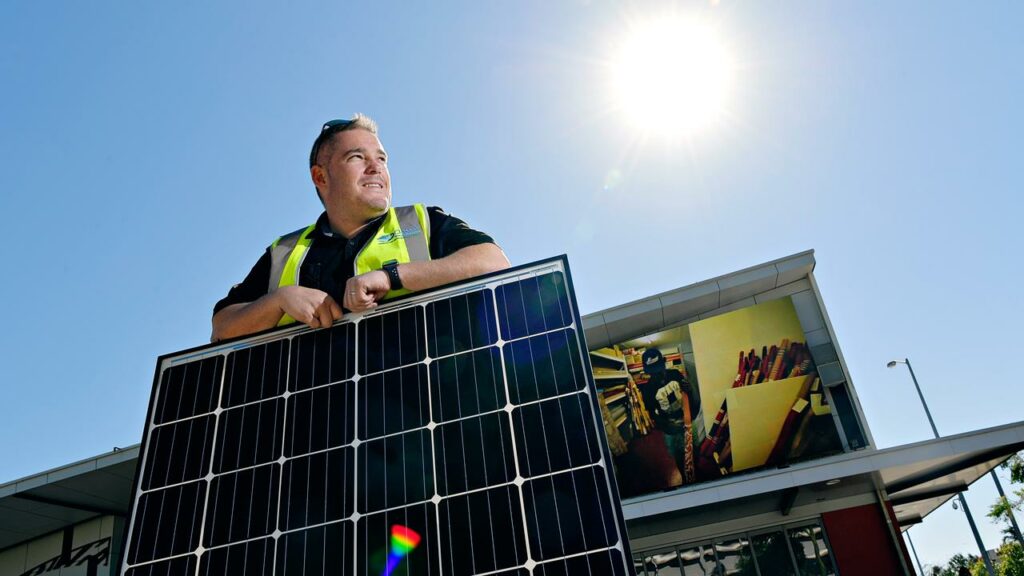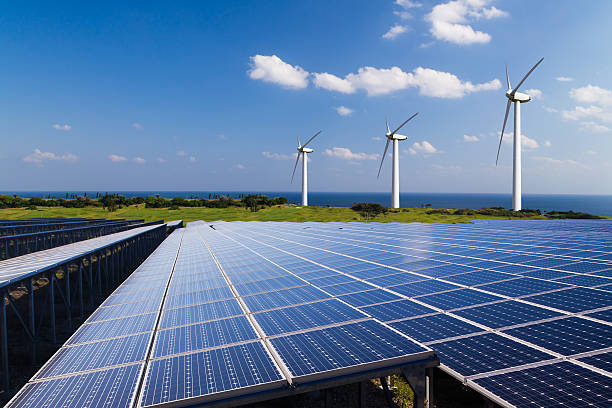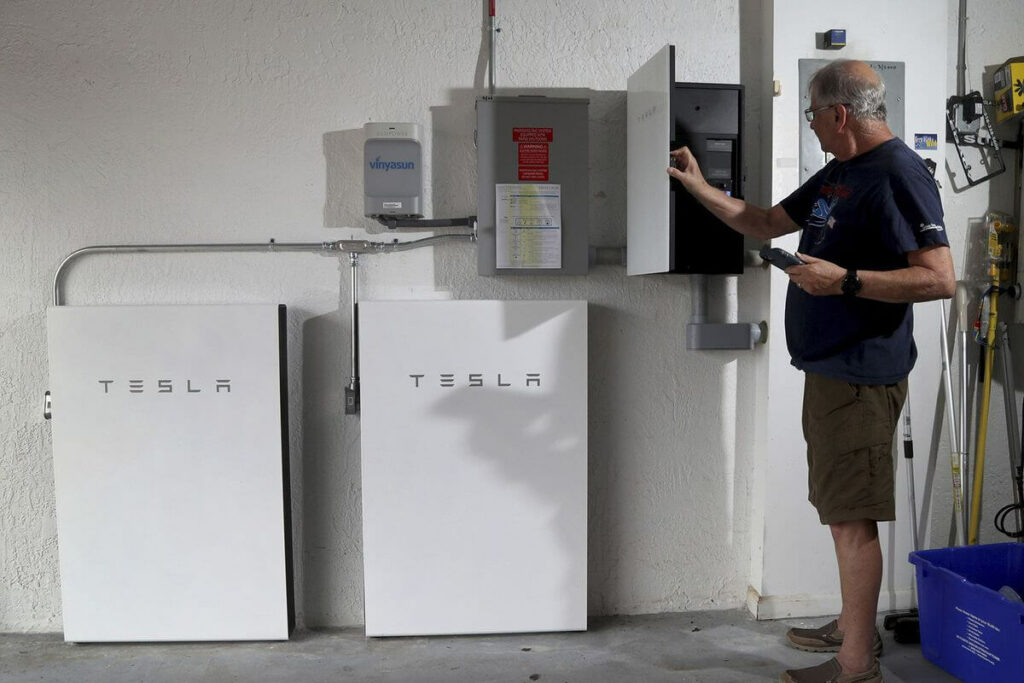Last update July 10th, 2024 at 05:42 pm
You may not know about feed-in tariffs in the Northern Territory. Many households located in the Northern Territory (NT) have invested in PV solar systems. This makes it possible to produce renewable energy through sunshine. Some homeowners considering solar may not be aware of the additional benefits of feed-in tariffs in the NT.
The NT has plenty of sunshine and this makes solar energy an appealing investment in this area. The Northern Territory is located in the most beneficial STC zones (1 and 2), which ensures a generous government rebate.

Besides a financial subsidy when installing the system, you will be able to receive a solar feed-in tariff (FIT). This tariff means that you are paid for any power that your PV system produces. You are paid for the electricity you feed through to the power grid.
So, what are the solar feed-in tariffs in the NT?
Basic information about the NT feed-in tariffs
Some years ago, the Northern Territory was known as one of the best areas in Australia for those who considered installing solar panels on their roofs. The reason? The NT was one of the last areas in Australia that would offer a big solar feed-in tariff for new installations.
The generous, premium solar feed-in tariff of 26 cents / kWh is no longer available, except for those who already had the system installed before 5 April 2020. If you are among the lucky ones, you can keep the previous rate for four years after the installation.
However, in 2020 the local government in the NT announced that a new scheme would take place. Today, businesses and residents of the NT can get a standard feed-in tariff when installing a new solar panel system.
The feed-in tariff is set to 8.3 cents / kWh. But it will only be eligible for systems that have a size of 30 kW or smaller.

Why are the feed-in tariffs in the NT lower than they used to be?
The original 26 cent / kWh feed-in tariff was very generous. This is because it corresponded to the standard electricity tariff plus GST.
This means that you not only could save money by sending power to the electricity grid. You would also save money by using the electricity yourself. So, it is not a coincidence that the tariff is often referred to as the “premium” feed-in tariff.
Also, the Northern Territory is known for higher commercial power rates than many other Australian territories. This would explain why the rates used to be so high.
The premium feed-in tariffs in the NT were first and foremost an incentive to make the solar payback time shorter. Today, solar panel systems cost less than they used to. Because of that, the need for a generous tariff is no longer there.
The feed-in tariff in the NT is not only for solar panel systems
In this article, we have focused mainly on the feed-in tariff when getting a photovoltaic / PV system. You may also get the tariff if you install a wind power system.
If your house is exposed to shadow or similar that will limit sunlight access you might consider getting a wind power system instead. If you live in a windy place, wind power can be a great alternative to solar power.

You may also benefit from the Battery Scheme
In the Northern Territory, you will also have access to other financial incentives when installing a solar panel system. Besides a government rebate and the solar feed-in tariffs in the NT, you may also receive a battery rebate through the Battery Scheme.
The Battery Scheme is covering some of your battery costs (up to $6,000, or $450 per kWh). So the bigger the system capacity the battery has, the bigger the rebate.
And remember, not all batteries will be qualified for the rebate. To receive the grant, the battery must be listed here, and also considered VPP (Virtual Power Plant) capable.

Are solar panels still a good investment in the Northern Territory?
Despite a less generous feed-in tariff for residents that install a new solar panel system in the NT, it is still considered a great investment. However, the payback time is now longer than it was when the residents received the premium feed-in tariff.
In 2018, the payback time was said to be around 3.4 years. Today, with the standard feed-in tariff, the payback period is approximately 6.5 years.
Installing a solar panel system is a long-term investment. Remember that the system in most cases will pay for itself as you will save a lot of money on reducing your electricity costs. Even though the payback period is longer, the investment is still appealing.
And besides lowering your electricity costs, you will be able to use power generated from a renewable source. So, if you are looking for ways to reduce your carbon footprint, a solar panel system is definitely a good idea.
Get a solar panel system today, and receive the standard feed-in tariff!